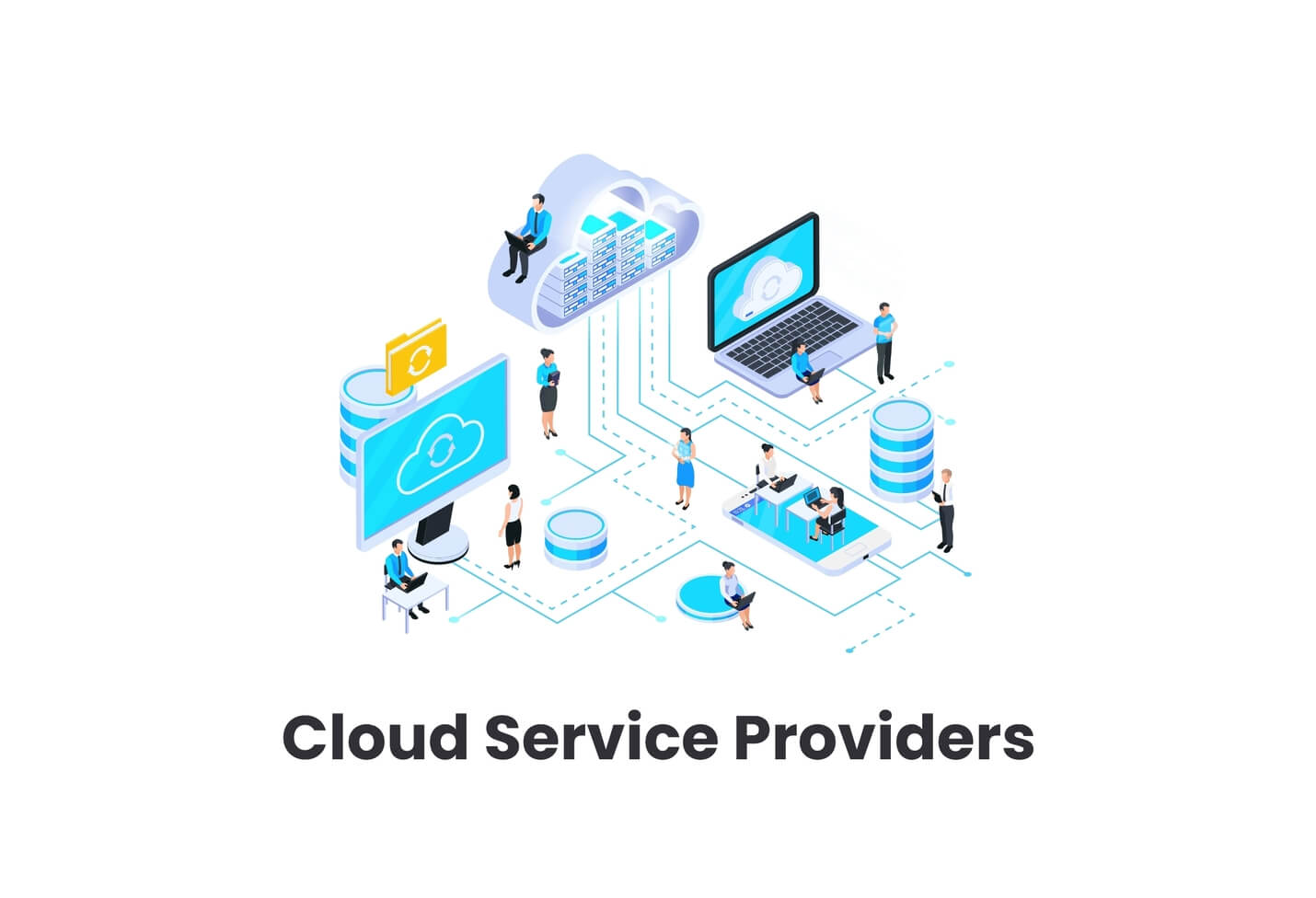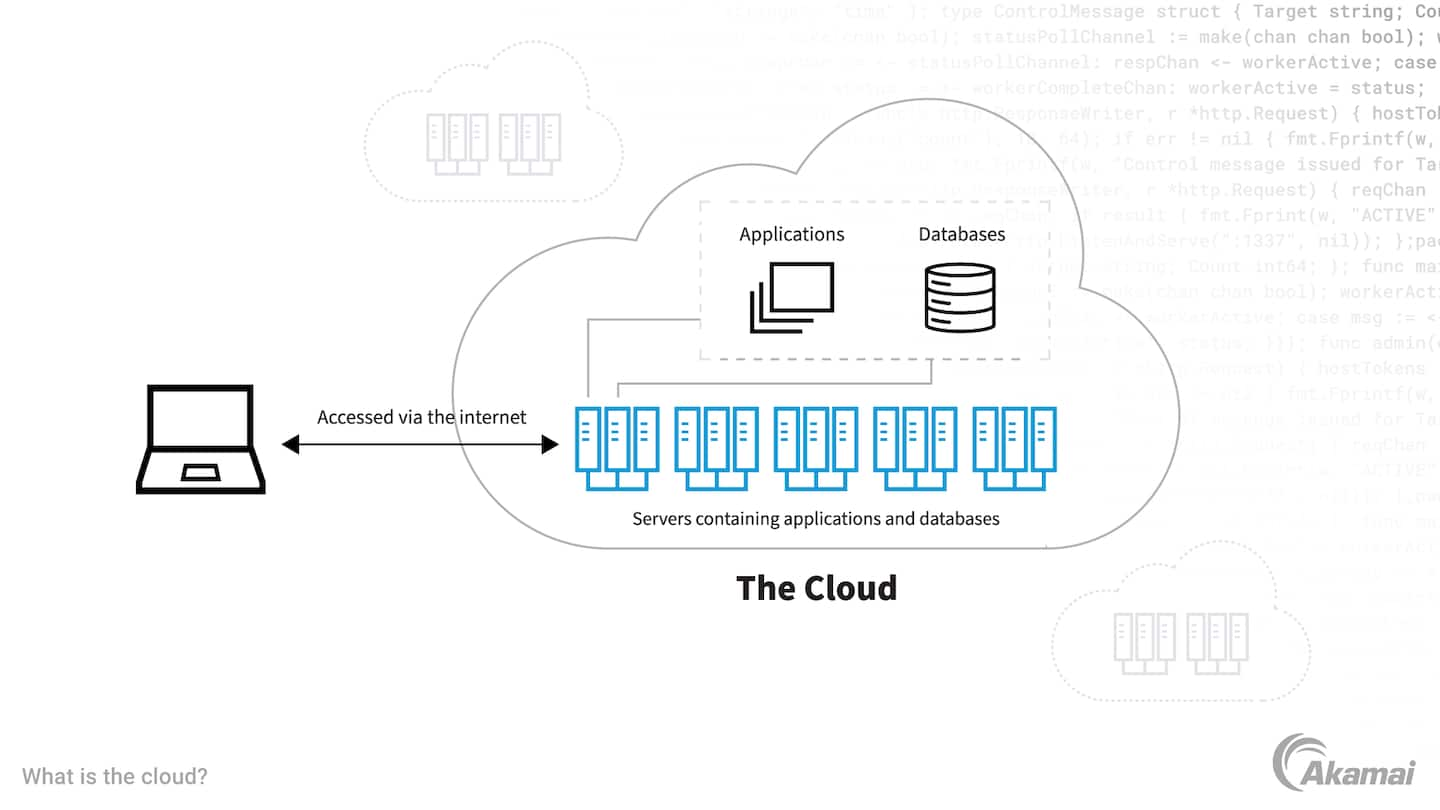Simplify Your Facilities With Cloud Provider
As businesses browse the ever-evolving landscape of modern technology and information administration, the function of cloud solutions in streamlining framework has come to be progressively famous. How can businesses successfully browse this transition and absolutely unlock the possibility of cloud services for streamlining their facilities?
Benefits of Cloud Provider
Cloud services use a streamlined technique to handling IT framework, providing companies with scalability, versatility, and cost-efficiency. Among the key benefits of cloud solutions is the scalability they supply. Organizations can quickly scale their resources up or down based on need, guaranteeing they only spend for what they use. This flexibility is specifically helpful for companies with fluctuating demands or those experiencing growth.
In addition, cloud services remove the need for companies to spend in expensive software and hardware. This cost-efficiency is a substantial advantage, particularly for small to medium-sized ventures seeking to reduce upfront prices. By utilizing cloud solutions, organizations can access high-grade IT resources without the hefty price linked with conventional facilities setups.
In addition, cloud solutions provide services with the flexibility to access their data and applications from anywhere with a net link. This level of access improves cooperation among groups, enables remote job, and raises overall performance. The adaptability offered by cloud services equips services to adapt rapidly to altering market problems and consumer needs.
Expense Financial Savings and Scalability
Along with the functional benefits highlighted previously, the assimilation of cloud solutions right into a firm's infrastructure produces substantial price savings and boosted scalability. Cloud solutions provide a pay-as-you-go design, permitting companies to scale resources up or down based on current demands, thereby avoiding the costs related to maintaining excess capacity. This adaptability enables companies to adapt swiftly to varying needs without incurring unnecessary expenditures.
Moreover, cloud solutions remove the requirement for in advance financial investments in hardware and software program, minimizing capital investment. Overhead are likewise lessened as firms no more require to manage and maintain physical web servers, bring about lower energy intake and IT staffing prices. In addition, cloud solutions offer automatic updates and upkeep, guaranteeing that the infrastructure remains up-to-date and safe and secure without requiring manual treatments.
Improved Safety And Security Procedures
Applying rigid security actions is paramount when integrating cloud services into a company's facilities to protect sensitive information and ensure conformity with sector guidelines. Cloud service suppliers supply improved protection functions such as data encryption, firewall software security, and multi-factor verification to mitigate cybersecurity dangers.
Furthermore, regular security audits and compliance analyses assist recognize vulnerabilities and make certain adherence to industry criteria. Companies can likewise take advantage of features like computerized protection updates and real-time hazard surveillance given by cloud provider. By prioritizing safety actions and remaining proactive in addressing possible risks, organizations can with confidence utilize cloud solutions while safeguarding their valuable data from unauthorized access or breaches.
Transitioning to Cloud Infrastructure
To effectively incorporate cloud services into a company's framework, an organized strategy that resolves the shift in the direction of cloud-based solutions is crucial. Transitioning to cloud infrastructure involves careful planning and implementation to make sure a smooth movement process - universal cloud Service.
Once the analysis is total, a movement check my source approach need to be established. This strategy must outline the timeline, resources, and obligations for moving each part to the cloud. It is vital to communicate this plan clearly to all stakeholders to make sure positioning and lessen disturbances throughout the change.
Throughout the migration tracking, testing and process are essential to recognize and resolve any issues immediately. Normal checkpoints need to be developed to track progress and make necessary modifications. Furthermore, training for employees on utilizing cloud solutions ought to be offered to make sure an effective change and take full advantage of the benefits of the brand-new facilities.
Ideal Practices for Cloud Fostering
Successful adoption of cloud services depends find out here upon the critical alignment of company goals with technological capabilities and organizational preparedness. To guarantee a smooth shift to the cloud, organizations must start by carrying out an extensive analysis of their current framework and determining which workloads are best fit for cloud movement. It is essential to include vital stakeholders from different divisions in the decision-making procedure to gain buy-in and deal with any type of issues early.
One more best technique for cloud adoption is to prioritize safety and compliance. Organizations needs to thoroughly examine the safety steps provided by cloud provider and make sure that their information is protected according to industry requirements and regulative needs. Implementing robust information security, gain access to controls, and regular safety audits can aid reduce risks connected with cloud adoption.

Conclusion

As businesses navigate the ever-evolving landscape of technology and data management, the role of cloud services in streamlining infrastructure has come to be increasingly popular - cloud services press release. How can services properly navigate this shift and absolutely unlock the potential of cloud services for streamlining their framework?
Cloud solutions offer a streamlined method to managing IT framework, offering services with flexibility, scalability, and cost-efficiency. By utilizing cloud services, organizations can access high-quality IT sources without the hefty price tag associated with conventional infrastructure configurations.
To make certain a smooth shift to the cloud, companies ought to begin by performing a thorough evaluation of their existing infrastructure and recognizing which workloads are best fit for cloud migration.